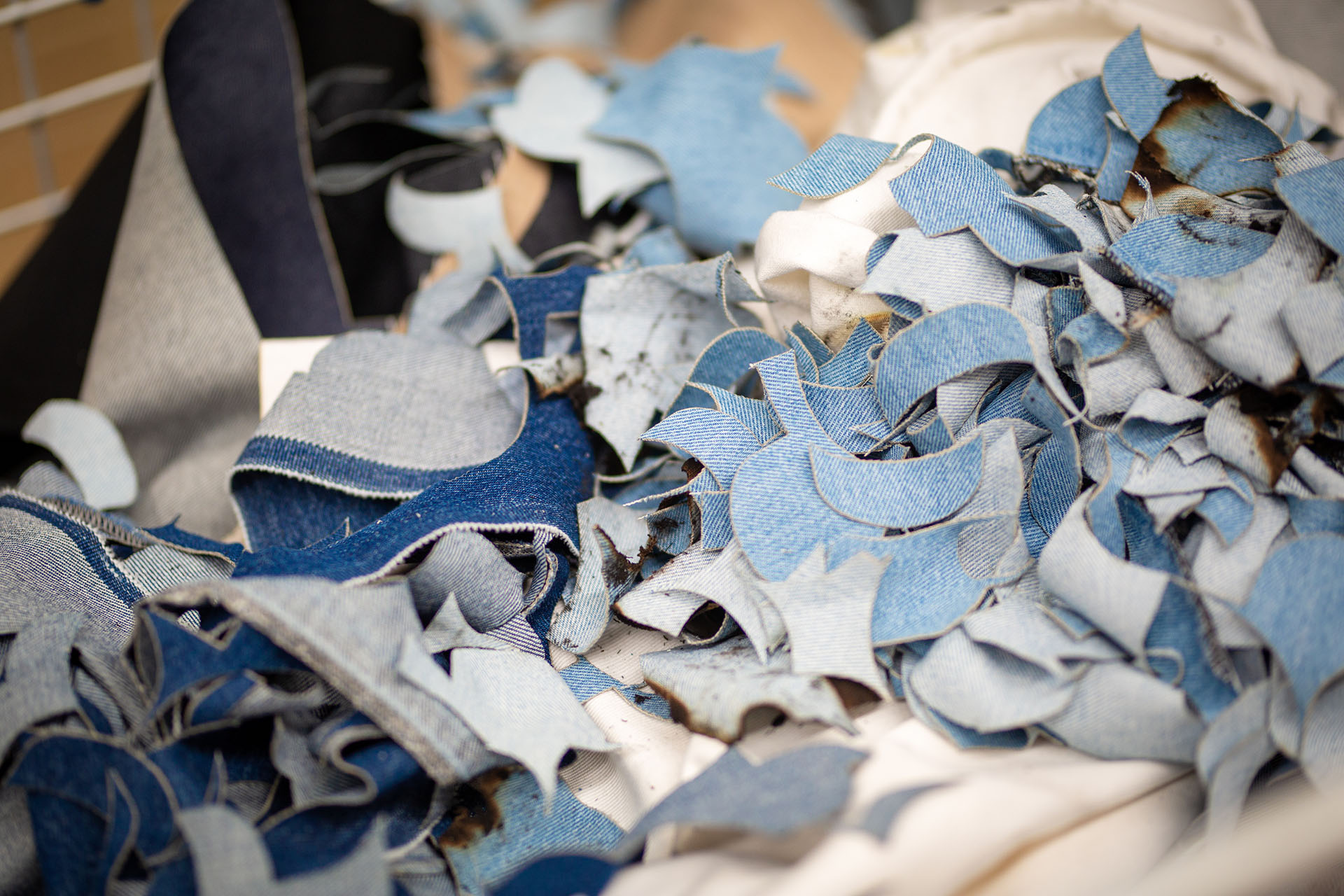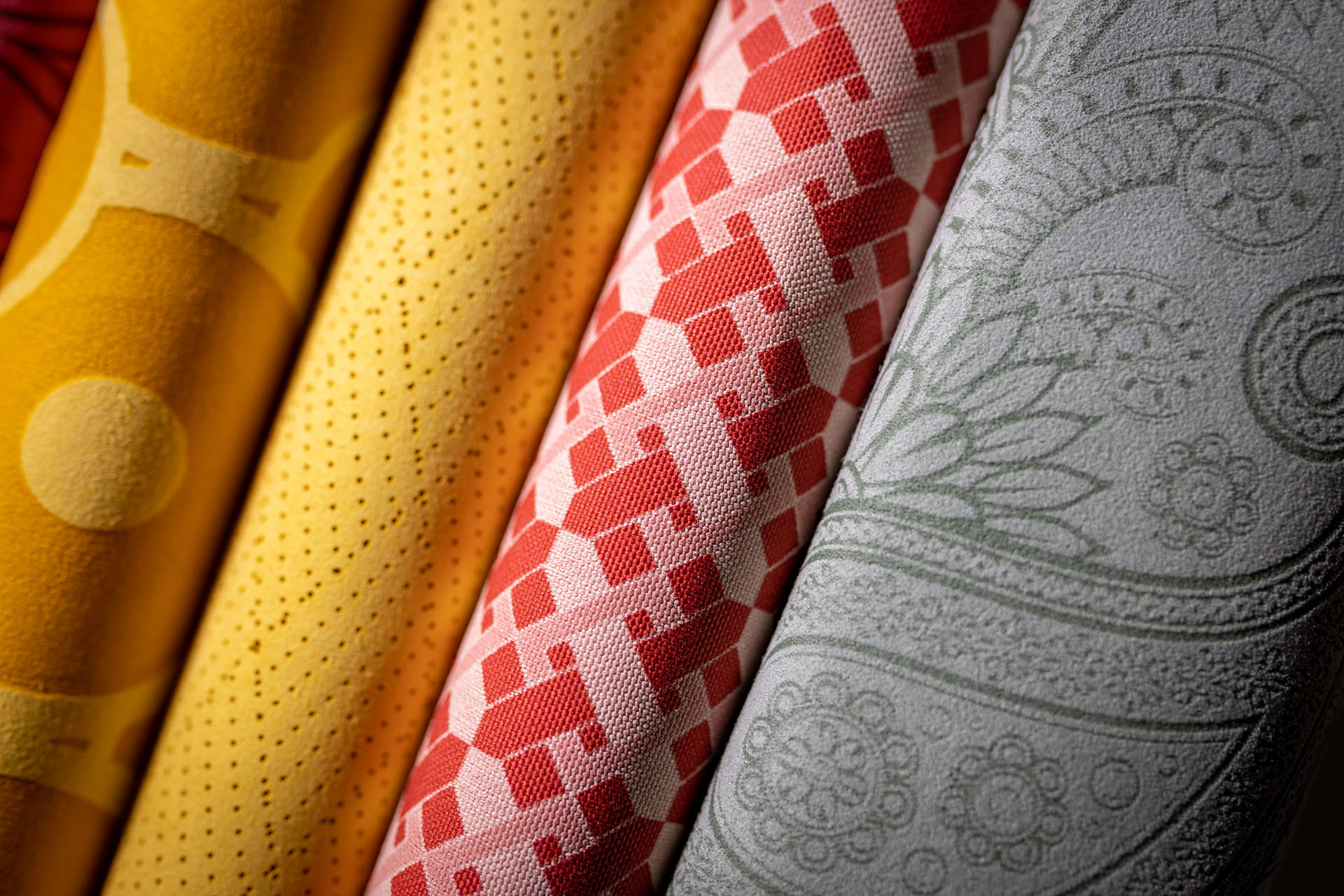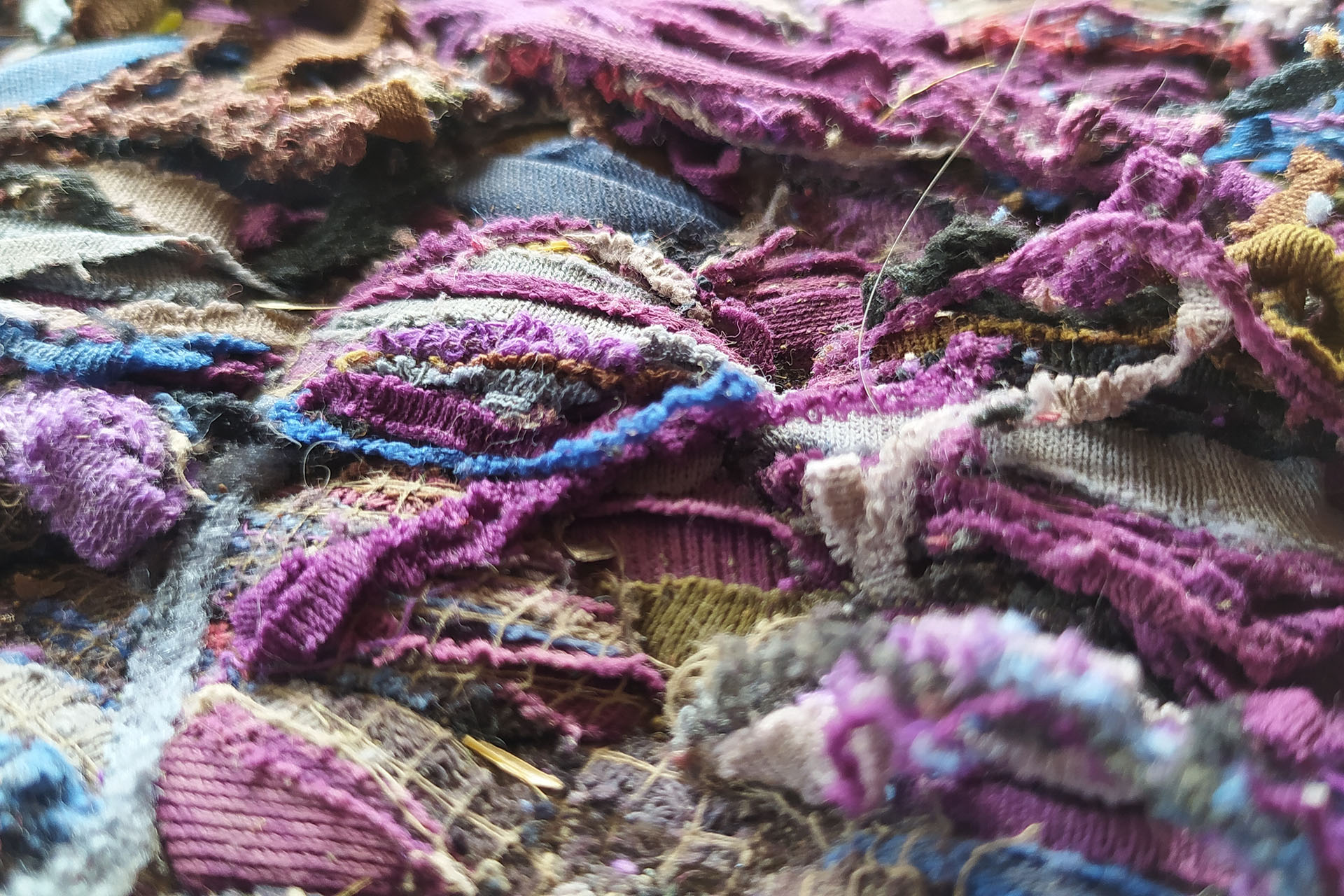According to the European Environment Agency, 92 million tons of textile waste are produced worldwide every year. The environmental impact of this sector therefore requires urgent measures to trigger recycling and recovery practices that contain pollution.
CO2 laser machines offer new and important opportunities for recycling textile waste as well as reducing the waste generated during processing thanks to the precision that distinguishes this technology. Let’s see in detail how the laser allows to give new life to the fabrics and reduce the environmental impact.
How do you dispose of textile waste? What does the legislation say
The disposal of textile waste is regulated by specific regulations at national and European level. In Italy, the d.l. 116/2020 has established the obligation of separate collection for textile waste, taking into account the division between:
- Industrial textile waste, or pre-consumer waste consisting of fabric scraps and scraps not usable in production
- Household textile waste, or post-consumer waste, consisting of clothing and other textiles used at home
Industrial textile waste must be disposed of through appropriate companies, cooperatives and associations, while household waste must be delivered to collection faucets or donated to associations that need it. Some associations also collect textile waste at home.
In March 2024 the European Parliament proposed the introduction of extended producer liability schemes. Under this directive, manufacturers of textile products such as clothing, footwear, hats and accessories will be responsible for covering the costs of separate collection, sorting and recycling, as is the case with other types of product.
What happens to industrial textile waste?
The textile waste collected is sometimes destined for recovery and re-use, or burned to produce energy, but much more often it ends up in landfills. It is therefore important that institutions, companies and individuals actively and consciously collaborate to further encourage the circular economy.
Waste produced during the processing and production of textiles and clothing accounts for a significant part of total textile waste. Waste may include fabric scraps, yarn, trimmings and other waste materials. When these materials end up in landfills or are incinerated, they result in environmental pollution and waste of valuable resources.
New recycling technologies can be used to adopt new recovery practices, turning industrial textile waste into new products. CO2 laser machines play a crucial role in this process, allowing textile materials to be processed and customized for new uses.

Perché è difficile riciclare il tessile?
The recycling of textile waste is still developing and presents several challenges. Currently only 1% of the clothes are recycled into new garments. In addition to the cost of producing recycled fabrics, companies must also deal with the complexity of materials, often made up of different fibres, both natural and synthetic. For recycling, it is necessary to separate these materials, an operation not always possible and in any case expensive. In addition, metal accessories such as buttons and hinges on many finished garments may interfere with the recycling process and should be removed.
For these reasons, action is needed on several fronts, such as:
- Raise awareness about the environmental impact of textiles
- Reduce waste both in fabric production and consumption
- Stimulating companies and new technologies that contribute to textile recycling
- Adopt sustainable production and processing techniques that reduce the use of chemicals
- Turn textile waste into new products desirable for the market
The laser revolution for textile recycling
The use of laser technology offers several advantages for garments recycling that can be exploited now:
- The laser can be used to treat different materials, both synthetic and natural, including those already recycled
- The use of laser reduces waste and material wastage, thanks to its very high precision
- Laser cutting can be used on finished garments to separate items such as buttons or zippers that need to be recycled differently than textile waste
- Laser machines allow the transformation and personalization of fabrics and clothes used to obtain new ones, attractive for the market
- Laser technology allows to create unique and refined effects on fabrics, without the use of solvents and other chemicals, thus reducing environmental pollution

Which fabrics can be recycled?
CO2 laser can process a wide range of fabrics to make new garments or accessories. Among the most suitable fabrics for recycling and laser processing are:
- Cotton: one of the most sought-after natural fibres on the market, easily recyclable into new fabrics or insulating materials
- Wool: can be recycled to create new yarns or materials for industry
- Polyester: a very common synthetic fibre that can be recycled into new fabrics or plastics
- Nylon: another recyclable synthetic fibre, often used to create new yarns or technical materials
The laser also allows cutting, marking and personalization of already recycled fabrics, as well as technical fabrics and compounds, to create new products with very high levels of customization.
The advantages of OT-LAS laser machines for tissue recycling
OT-LAS laser systems are designed and manufactured to meet the most sophisticated needs of the textile industry and beyond. OT-LAS laser machines can process natural and synthetic, technical, composite and recycled fabrics in a fast and efficient way to transform them into new products and exclusive accessories.
With the possibility of processing directly from rolls and a very high precision, OT-LAS systems allow to simplify the processing of fabrics reducing production time and material waste.
OT-LAS also offers laser solutions that can be integrated in line to combine laser cutting with other processes of shredding, combining, carding and spinning that turn an old garment into a new weave.
For these reasons, more and more companies are choosing OT-LAS machines to create new innovative and sustainable products, both in the sector of clothing fabrics and in that of interior design fabrics or accessories.
Discover the tailor-made laser system for tissue recycling or contact us to receive information.
